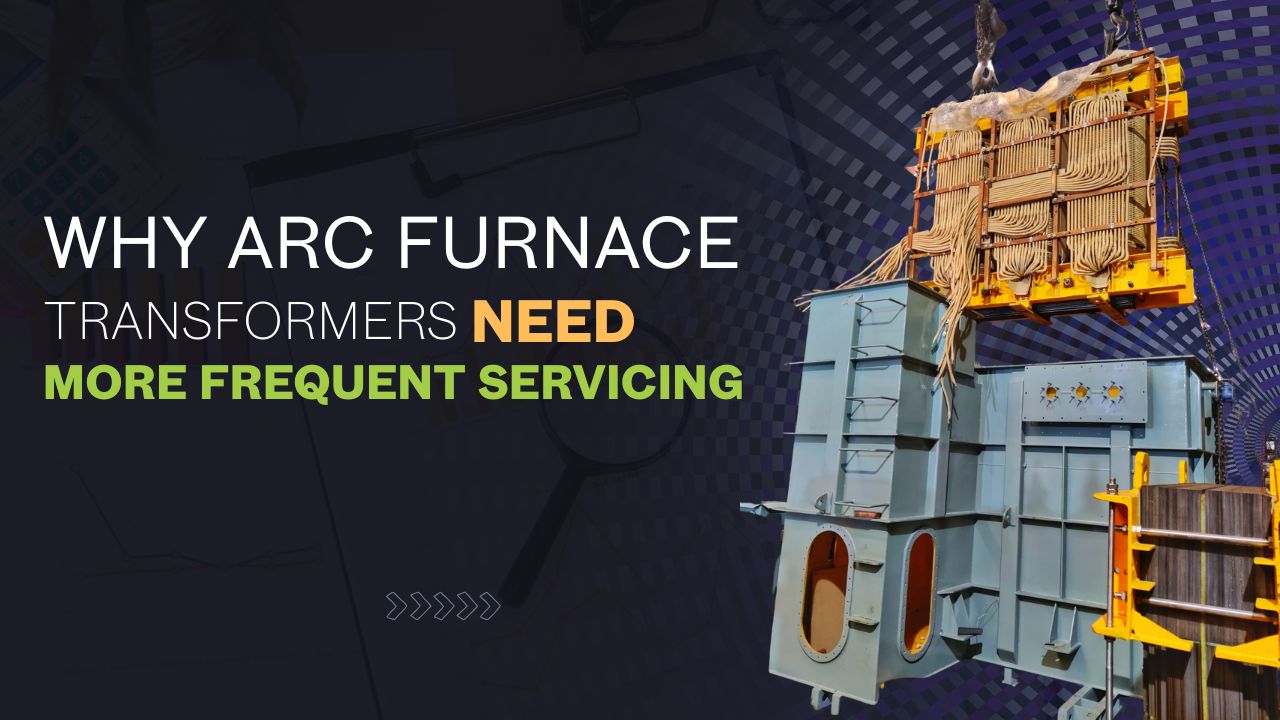

Every transformer has a point where performance starts to shift. You may not see it right away, but the signs begin to build.
Higher running temperatures. Slower cooling. Slight voltage drops.
These usually show up when a transformer stays near full capacity for long hours without a break.
Once that limit becomes routine instead of occasional, things begin to shift inside the unit. The changes may look small at first, but they carry weight.
When a transformer operates under heavier load, the core and windings heat up more often and for longer stretches. The insulation system, whether paper, pressboard, or varnish, begins to respond differently.
Material that once flexed under heat now starts to dry and stiffen. Oil loses its strength faster. If the system has seen temperature rises before, those earlier cycles catch up.
This is how thermal aging creeps in: not from one incident, but from repeated stress across the same points in the system.
Under steady load, most transformers perform predictably. But when equipment cycles on and off quickly, or peak demand shifts hour to hour, a unit under strain responds more slowly.
You might notice voltage at the far end of a line dips slightly during a switch-on, or tap changers begin working harder to maintain stability.
If the transformer was sized close to current demand, these dips appear more often. It doesn't take much for the load behavior to move from balanced to erratic under these conditions.
Even when fans and radiators function properly, a transformer near its thermal edge begins to hold heat longer.
Oil temperatures take longer to stabilize. External surfaces stay warm even during idle load cycles.
That extra heat doesn't vanish. It sits inside the tank, stressing insulation and pushing pressure valves more frequently.
This doesn't always result in a trip or alarm. But over time, the cooling system becomes less effective simply because the transformer doesn’t get the break it needs.
Transformers under steady thermal expansion cycles often see minor mechanical shifts. Windings press against supports. Clamps lose just enough pressure to let vibration take hold.
The sound might change before the test results do. A deeper hum. A low, rhythmic vibration you hadn’t heard before.
These subtle mechanical movements affect winding alignment, which in turn impacts how current flows through the core.
Wear in a lightly loaded transformer follows a slow, even path. But when the load stays close to maximum, aging happens faster and in more specific spots.
The hottest areas degrade first. Oil near those zones shows early signs of stress. Paper insulation becomes brittle where temperatures rise most often.
This uneven wear creates performance imbalance. And when maintenance teams inspect the unit, they may find some parts looking untouched while others show clear signs of heat exposure. That difference becomes harder to manage over time.
When a transformer consistently carries more than it was built for, the effects go beyond surface heat. Mechanical components loosen. Insulation ages unevenly. Oil chemistry shifts.
In our work supporting transformer upgrades, servicing, and repairs, we often meet units that haven’t failed, but are already telling a different story once opened.
That’s where load behavior needs to match transformer design.
Our team builds and reconditions units not just for current ratings, but for how they're expected to live out that load over time. Get in touch with us to learn more.